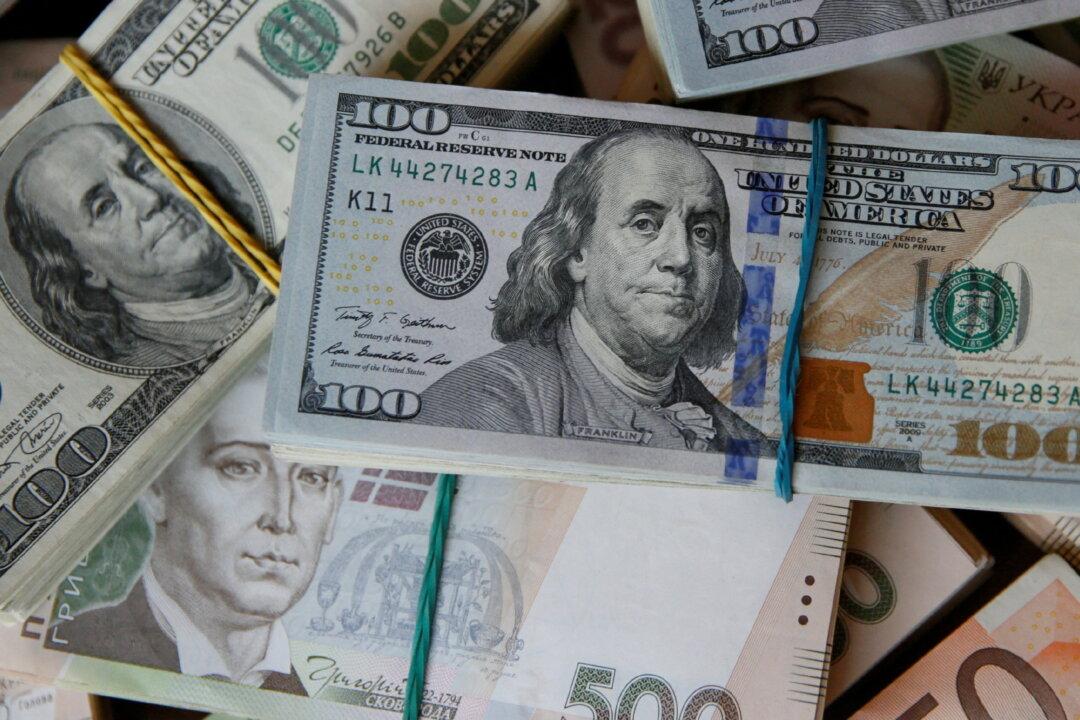LONDON/SINGAPORE—The euro was set for its best week since mid January on Friday ahead of inflation data that will shape the ECB’s interest rate plans, while investor expectations U.S. rates are near peaking meant the dollar headed for a second consecutive quarterly loss.
The European common currency was at $1.0883, down 0.2 percent on the day, but heading for a 1.1 percent weekly gain, its most in 11 weeks, as well as monthly and quarterly increases.





